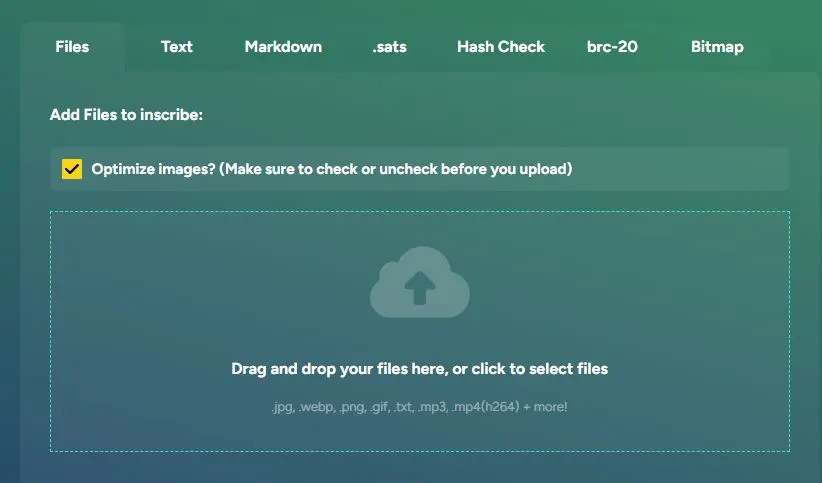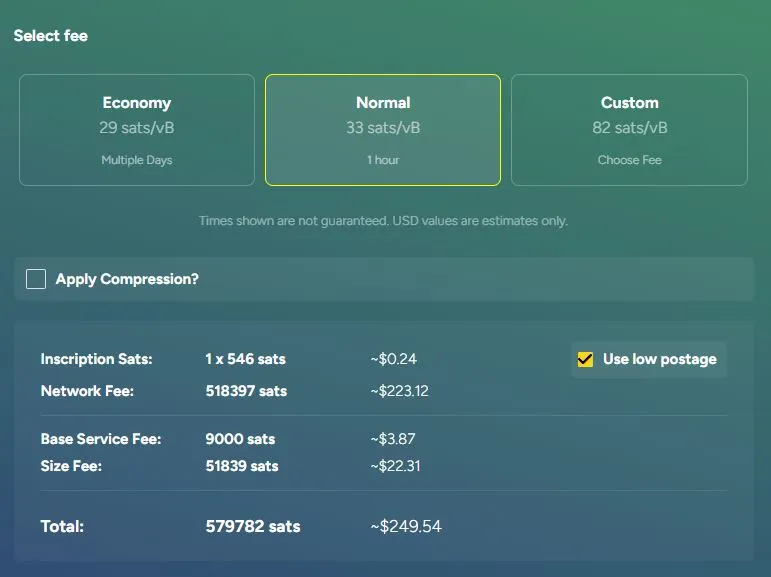Introduction:
Since January 2023, it’s now possible to mint Ordinals, collect and trade Bitcoin NFT’s. If at the beginning it was only a tech savvy stuff and running a full node was needed to inscribe Ordinals on the Bitcoin blockchain, many tools have been developed since and the process is now easy.
Let’s explore it and be ready to mint & collect your first Ordinals. At the end of this guide you will also be able to mint and store your own Bitcoin Ordinals.
First Step to Minting Ordinals: Create an Ordinals-Compatible Wallet
Ordinals are means of creating Bitcoin NFTs by attaching data such as images, videos, and more to an individual satoshi on the base Bitcoin blockchain.
Caution 💡:
Ordinals caution against sending BTC using incompatible wallets to prevent the unintentional spending of your Ordinal NFT, along with the unspent transaction output (UTXO) holding your inscription, as transaction fees. This is because each Ordinal is attached to a satoshi. So you better avoid receiving or storing Ordinals in incompatible Bitcoin wallets
The two most widely used Ordinals wallets today are Xverse and Unisat. For more details on these wallets, please read our article on compatible Ordinals wallets.
There are 2 minting Ordinals options: using a tool developed by a third party (like a launchpad or a no code Inscription tool) or inscribe it by yourself.
The easiest way to mint Bitcoin Ordinals:
If you’re not a tech guy and running your own Bitcoin node the best and easiest way to mint Ordinals is to use a third party tool. Most founders use a launchpad when they launch a new collection.
To explain you the process simply
When you land on the Ordinals mint page, you have a mint button. When you click on it, you sign a transaction to pay inscription and transaction fees (+ the mint price)
Behind the scenes, once your transaction is validated by the Bitcoin network, the launchpad inscribes the image you minted on a satoshi and sends it to you.
Inscribe or mint your own Ordinal:
Now imagine you want to inscribe your own image on the Bitcoin Blockchain, like a picture of your dog..
You can use a no-code, automated Ordinal inscription tool like OrdinalBbot or Unisat.
OrdinalsBot for example features an optional image optimizer, and others inscriptions features like sats domains, multiple text and BRC-20 but let’s focus on images in this article, you can learn more about BRC-20 here.

The cost of your inscription will fluctuate based on your selected transaction priority, content size, and network fees.
Let’s have a look with an example with a 135kb image. First the file optimizer reduces it to 59.84 KB (55.43% Saved!)

Network fees on the BTC blockchain, measured in satoshis per virtual byte (sats/vb), represent the cost users pay to have their transactions processed by miners.
These fees fluctuate depending on the network's congestion, with higher demand leading to increased fees.
As you can see your content size and network fees and will have a huge impact on your cost.
Set up your own Bitcoin Node:
Inscribing Ordinals via a personal Bitcoin node requires a solid understanding of the Bitcoin network but it stands out as the most secure and cost-effective method.
However, be prepared to invest a bit in upgrading your machine specifications. The only cost associated with each inscription is the amount of Sats available in your wallet.
This approach allows you to inscribe various ord-compatible content, such as images and videos, onto a satoshi using an ord-controlled Bitcoin core wallet. Additionally, there's potential to make money by offering inscription services to others.
Conclusion:
Inscribing or minting Ordinals is a simple process using available no-code tools. You'll only need to cover inscription and network fees, along with a commission to the tool providing the service.
If you have a tech-savvy side and a solid understanding of Bitcoin, the solution is to inscribe them directly using your own node. In both cases, you can also inscribe them on Rare Satoshis. If you're unfamiliar with Rare Satoshis, I recommend reading the article "Ordinals, Bitcoin & Rare Satoshis."